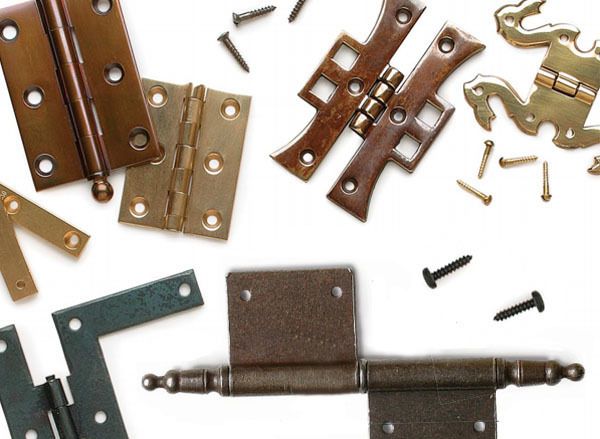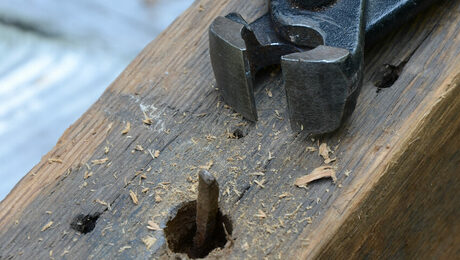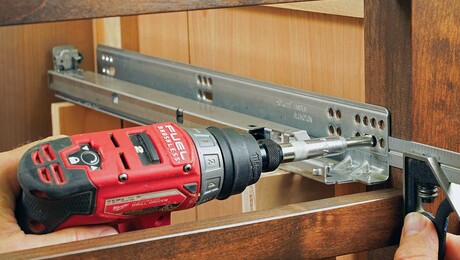Choosing Door Hinges
Hardware is not an afterthought, but an important design decision
Synopsis: Hinges do more than hold doors; they can enhance or detract from the hours of workmanship you’ve put into building a piece of fine furniture. The right set of hinges will blend seamlessly with form and maximize function. A mismatch, on the other hand, can muddle your project’s personality. Woodworker and writer Robert J. Settich gives an overview of the most commonly used hinges for hanging doors in fine furniture and cabinets, from mortised butt hinges that are largely hidden, to elaborate surface-mounted hinges made to stand out from your design, to other varieties such as knife hinges, Euro hinges, and fiche, lift-off, Soss, rat-tail and foldaway designs.
Building fine furniture and cabinets is exacting and time-consuming work. Even in a shop bursting with machinery and laborsaving gizmos, it’s easy to spend dozens, even hundreds, of hours on a project.
After investing all that energy, it doesn’t make sense to slap on just any set of door hinges. Treat hardware as an afterthought and that’s how it will look. Instead, hinges should be part of a design from the moment you begin to sketch ideas.
Reference books, catalogs, and fine furniture in magazines are all good sources of information. Make a conscious effort to train your eye by critiquing the hardware whenever you look at a piece of furniture: Is it period-appropriate, does it provide the right action, does it draw too much or too little attention to itself?
The right set of hinges will blend seamlessly with form and will maximize function. A mismatch, on the other hand, can muddle your project’s personality. Here are some of the most common hinges for hanging doors in fine furniture and cabinets.
Butt hinges are versatile
Mortised butt hinges are the simplest and most familiar type—you will find them on entry and passage doors in most homes. Smaller versions swing doors in cabinets, upright jewelry chests, and clock cases. The hinge leaves are set into mortises in the door and carcase.
Butt hinges come in a variety of finishes and styles to match all types of period furniture. Their versatility comes from an unobtrusive design that is just visible enough to be decorative if so desired.
Mechanically speaking, there are two essential points to remember about butt hinges. First, the center of rotation is at the midpoint of the hinge pin. In standard practice, you position the hinge’s centerpoint slightly past the edge of the door and the edge of the carcase. Second, the diameter of the hinge’s barrel determines the maximum combined depth of the mortises for the hinge leaves. Many beginners think the leaf thickness sets the mortise depth, but this approach can lead you astray, especially if your hinge has thin, stamped leaves. It’s a good practice to make the mortise slightly shallower than the maximum depth to prevent the hinge from becoming bound, a condition where the hinge edge of the door strikes the carcase, preventing the door from closing fully.
Butt hinges are challenging to fit because a typical installation involves mortising for both leaves. Combine that problem with the need for a consistent reveal around the door’s perimeter, and you have a job that demands careful workmanship.
From Fine Woodworking #179
For the full article, download the PDF below:
Fine Woodworking Recommended Products

Festool DF 500 Q-Set Domino Joiner

Stanley Powerlock 16-ft. tape measure

Bessey EKH Trigger Clamps





















Log in or create an account to post a comment.
Sign up Log in